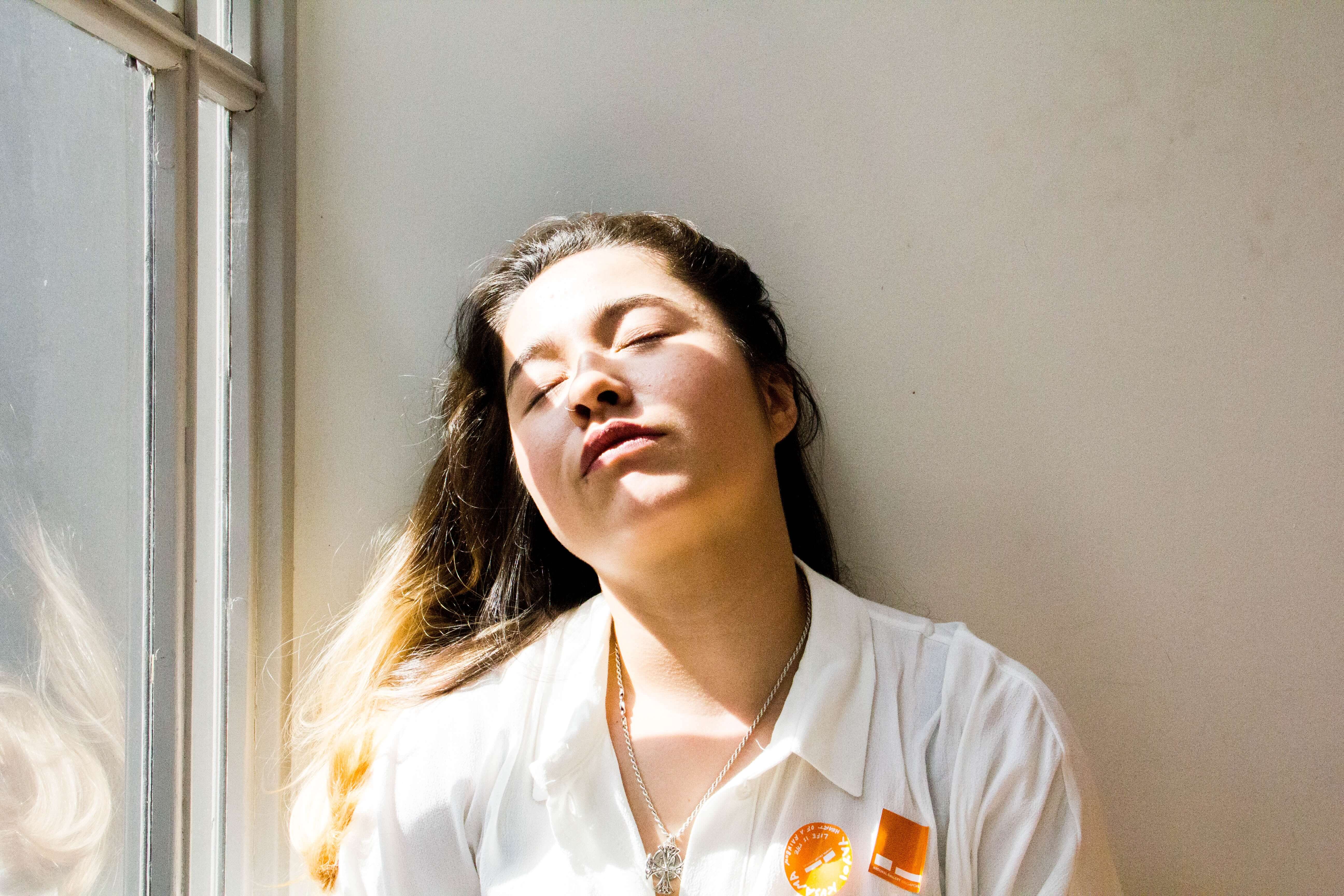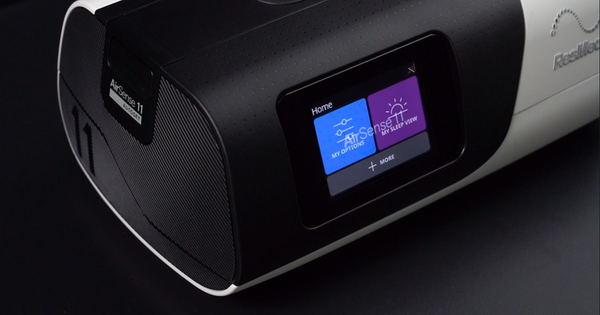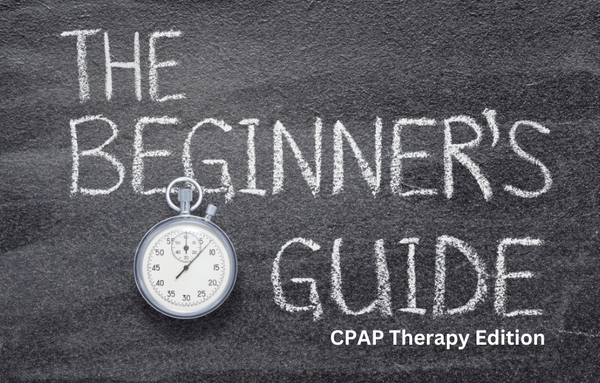Hypersomnia: What Is This Sleeping Disorder?
February 26, 2020

Many people have heard about or know someone with insomnia. But when it comes to another closely related condition, hypersomnia (hypersomnolence), this sleep disorder is still rather unrecognized. In this article, we are going to deep dive into a sleep issue that affects approximately 1% of the population.
What Is Hypersomnia?
This sleeping disorder is categorized by sleeping excessively both at night and during the day, which explains why it’s also known as Excessive Sleeping Disorder (ESD). Many people who suffer from hypersomnia will often note that no matter how many hours of sleep they get, they never feel rested.
Essentially, it is the complete opposite of insomnia, which is the inability to get sleep at night. Rather than feeling excessively tired from lack of sleep, hypersomnias have an uncontrollable need to nap repeatedly during the day, often at inappropriate times. It is not uncommon for individuals with this disorder to fall asleep at work, while eating a meal or even in the middle of a conservation.
These daytimes naps, while often refreshing for those who have good sleep quality, fail to relieve the symptoms of fatigue experienced by hypersomnias. That is why prolonged tiredness continues.
What Are The Signs And Symptoms Of This Sleep Disorder?
While chronic tiredness is a tell-tale symptom of this sleep disorder, there are many other signs and side effects of hypersomnia that you should be aware of. These include a mixture of the following:
Loss of appetite: It is not uncommon for those with ESD to experience periods where they experience appetite loss. With an overwhelming need to sleep, feelings such as hunger often are diminished.
Anxiety: In order to function as our best selves, sleep is essential. When we get too little or too much sleep, our nervous systems inevitably become more on edge and can cause us to feel more anxious.
Disorientation: Disorientation or “sleep drunkenness” is also a common sign that is experienced. Hypersomnias often have extreme difficulty trying to wake up and often feel confused or disoriented when evidently woken.
Irritation: Poor quality sleep has been known to cause stress, mood changes and irritability. People who have problems with sleep are at a higher risk of developing emotional disorders, anxiety and depression.
Cognitive dysfunction: This can include difficulties with memory retention, concentration, decreased attention levels and in some cases, may lead to slower speech.
Decreased energy: With chronic tiredness, you will also experience decreased energy levels. When high-quality sleep happens on a regular basis, the body is primed to function at its best. However, when sleep quality is poor then you’ll feel more groggy and sluggish during the day.
One of the most surprising hypersomnia symptoms is hallucinations. When individuals sleep excessively for a prolonged period of time, it is common for them to either have visual or auditory hallucinations. This is due to the mental disorientation and mental fog they experience after waking from sleep. Understandably, these experiences can be very distressing.
Many sleep physicians believe that this chronic sleep disorder can be caused by a number of different factors. These include narcolepsy, an autonomic nervous system issue, head trauma, depression and in some cases, certain medications.
Two Main Types: Primary vs Secondary Hypersomnia
Sleep physicians will generally discuss your medical history and sleeping habits before giving a diagnosis. Tests such as a multiple sleep latency test or a polysomnogram may be necessary to determine the factors causing your sleeping habits.
When hypersomnia is being diagnosed, your doctor will also determine whether you have it in its primary or secondary form. Below, we walk you through the two subtypes of this sleep disorder.
Type One: Primary Hypersomnia
Primary hypersomnia is mainly considered to be caused by neurological imbalances in the brain especially in the part that controls sleep function. It is solely categorized by the symptom of excessive tiredness and is not known to be caused by any other medical conditions.
Conditions such as narcolepsy (type 1 and 2), idiopathic hypersomnia and Kleine Levin Syndrome are all examples of the primary type of hypersomnolence.
Type Two: Secondary Hypersomnia
The secondary form, however, is generally considered as being a side effect of another existing medical condition or the usage of particular medications.
In some cases, people can begin experiencing symptoms of hypersomnia after receiving a serious head trauma injury. Additionally, it is not uncommon for people with depression to also be diagnosed with this sleeping disorder. However, there is not sufficient evidence to suggest that this mental disorder is a causing factor of hypersomnolence.
Essentially, any condition that affects a person’s ability to achieve deep sleep can cause secondary hypersomnia. One such condition is insufficient sleep syndrome, which is characterized by not sleeping enough per night on a regular basis.
Sleep Apnea: How They’re Connected
One of the most common secondary causes of this sleep disorder is in fact, Obstructive Sleep Apnea (OSA). As we already know, Sleep Apnea is a disorder that causes the airways to become blocked during sleep. When this happens, it causes the OSA patient to have disrupted sleep which follows with chronic fatigue the next day.
Without diagnosis and treatment, it is reasonable that a sleep apnea patient would begin to experience excessive levels of tiredness on a regular basis that would lead to the development of hypersomnia. While this isn’t to say that every Sleep Apnea patient will also have ESD and vice versa, the nature of these two disorders are strongly linked.
CPAP Therapy: Can It Be Beneficial?
In cases where hypersomnia is a secondary condition of Obstructive Sleep Apnea (OSA), CPAP therapy can be beneficial for improving a patient’s quality of sleep. By treating the problem at the source - the OSA - it will inevitably also improve the patient’s feelings of excessive daytime sleepiness. This can then enable the patient to improve their quality of life and reduce the risk of other medical conditions caused by sleep disorders.
However, if you are diagnosed with the primary form, your treatment plan will look slightly different. Depending on the severity of the condition, your sleep physician may recommend that you undertake certain lifestyle changes, increase your vitamin D intake or take prescription medication.
Share:
Leave a comment
Comments will be approved before showing up.



